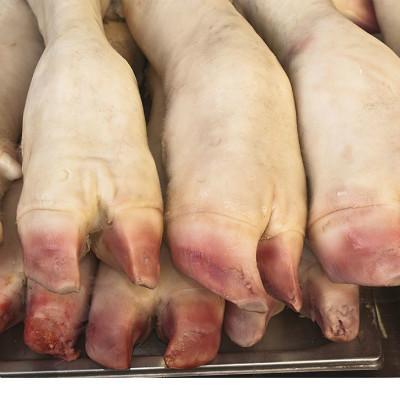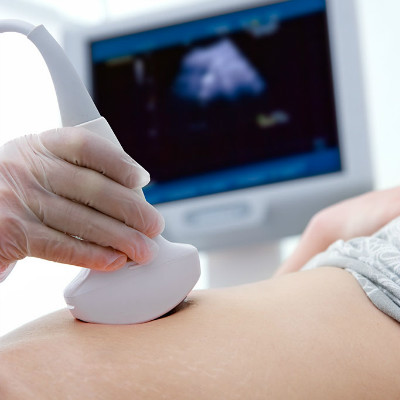Is myasthenia gravis hereditary
summary
My friend said that he felt that his arm didn't have much strength recently, and he couldn't lift anything, and he often felt tired and sour, had no strength, and had no appetite to eat. Then he went to the hospital and said that it was myasthenia, which could be recuperated with traditional Chinese medicine for a period of time. Now he feels much better. Let's talk about the genetic problems of myasthenia gravis No inheritance.
Is myasthenia gravis hereditary
First: congenital myasthenia gravis this type refers to the normal mother's newborn suffering from myasthenia gravis, the family often have myasthenia gravis patients. 42% of the cases developed at the age of 2 and 66% before the age of 20. There is no acetylcholine receptor antibody in sick infants, and its pathogenesis is related to heredity. The structure of postsynaptic membrane was abnormal, the functional junction fold was almost completely absent, the microstructure was reduced, and the acetylcholine receptor of endplate was insufficient. This type of myasthenia gravis is different from temporary neonatal myasthenia gravis, the symptoms are persistent, no complete remission. Most of the symptoms appear at birth or shortly after, and the extraocular muscles are obviously involved, which can often affect the facial muscles and affect food intake. General myasthenia is rare.

Second: familial infantile myasthenia gravis refers to myasthenia gravis of normal mothers. Other patients with myasthenia gravis in the family, such as brothers or sisters, are autosomal recessive. At birth, they have severe dyspnea and feeding difficulties, especially the characteristics of apnea, which are different from the first two types. They often die of infants due to respiratory failure. Most of the patients have symptoms within 2 years old and tend to relieve naturally. They can get better with age, but they can also die of asphyxia after infection. Anti cholinesterase therapy is effective, so early diagnosis should be made.

Third, 4% of all cases of myasthenia in adolescents developed before the age of 10, and 24% of cases developed before the age of 20, with female predominance (4:1). On the contrary, the genetic factors of this type are relatively small, mainly because the immune mechanism plays a role in the pathogenesis. The course of disease progressed slowly with obvious fluctuation. Thymoma is rare.

matters needing attention
On this, I would like to remind you: myasthenia gravis in clinical is mainly divided into systemic type and ocular muscle type. Systemic symptoms of eye muscle weakness, other parts of the body muscles will also produce weakness, weakness of limbs, dysphagia, chewing weakness, unclear speech, hoarseness and other symptoms, severe patients will be accompanied by dyspnea, which is the so-called myasthenia gravis risk.















